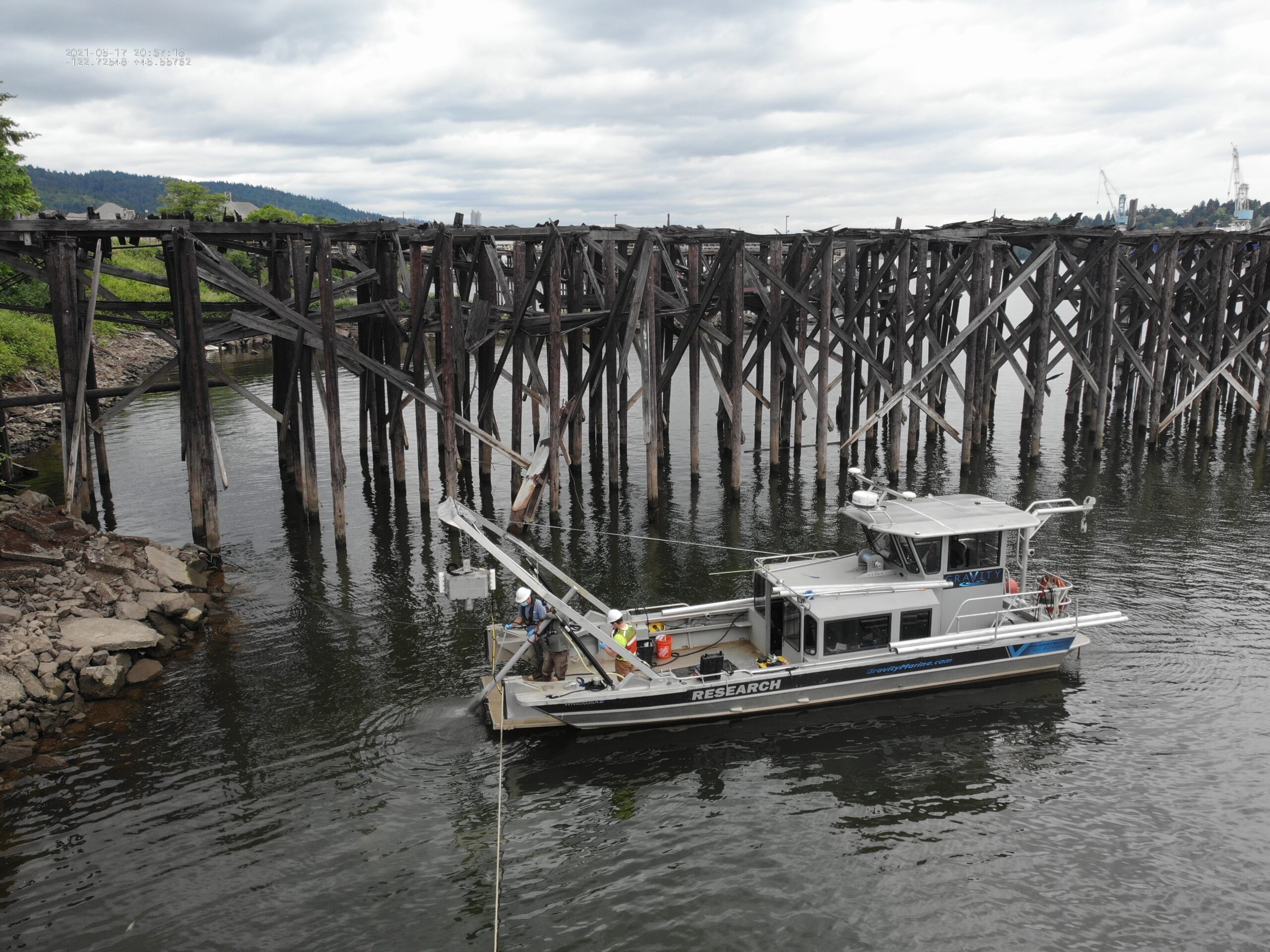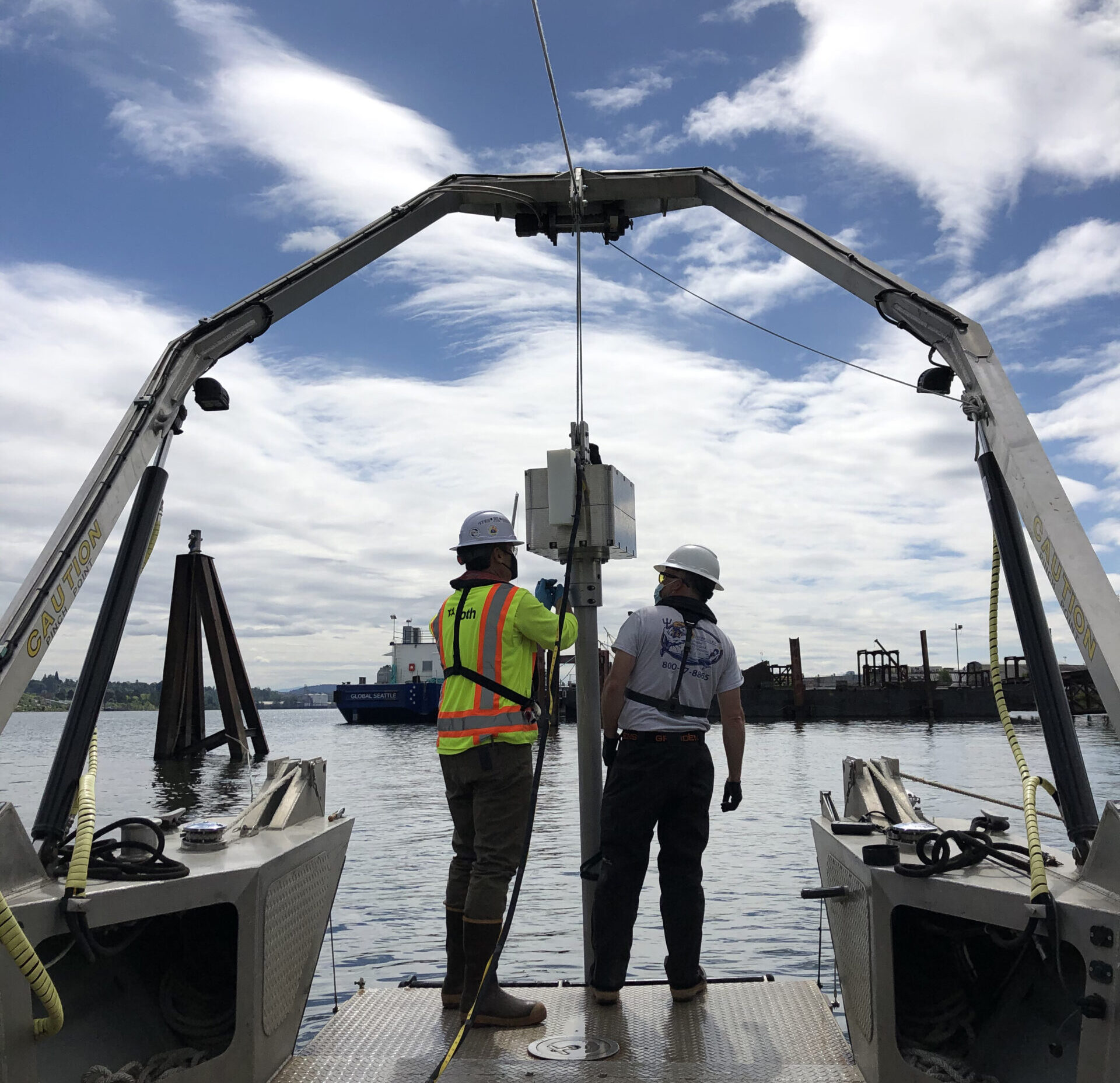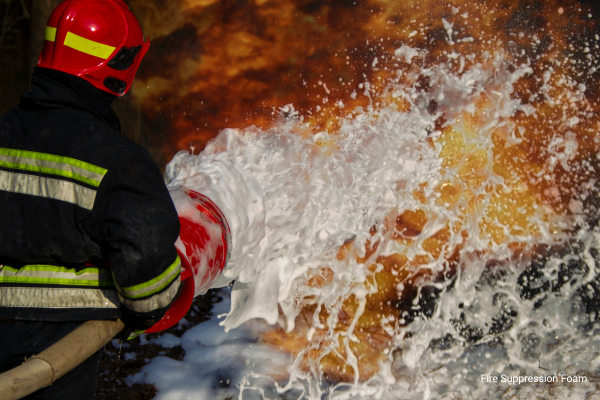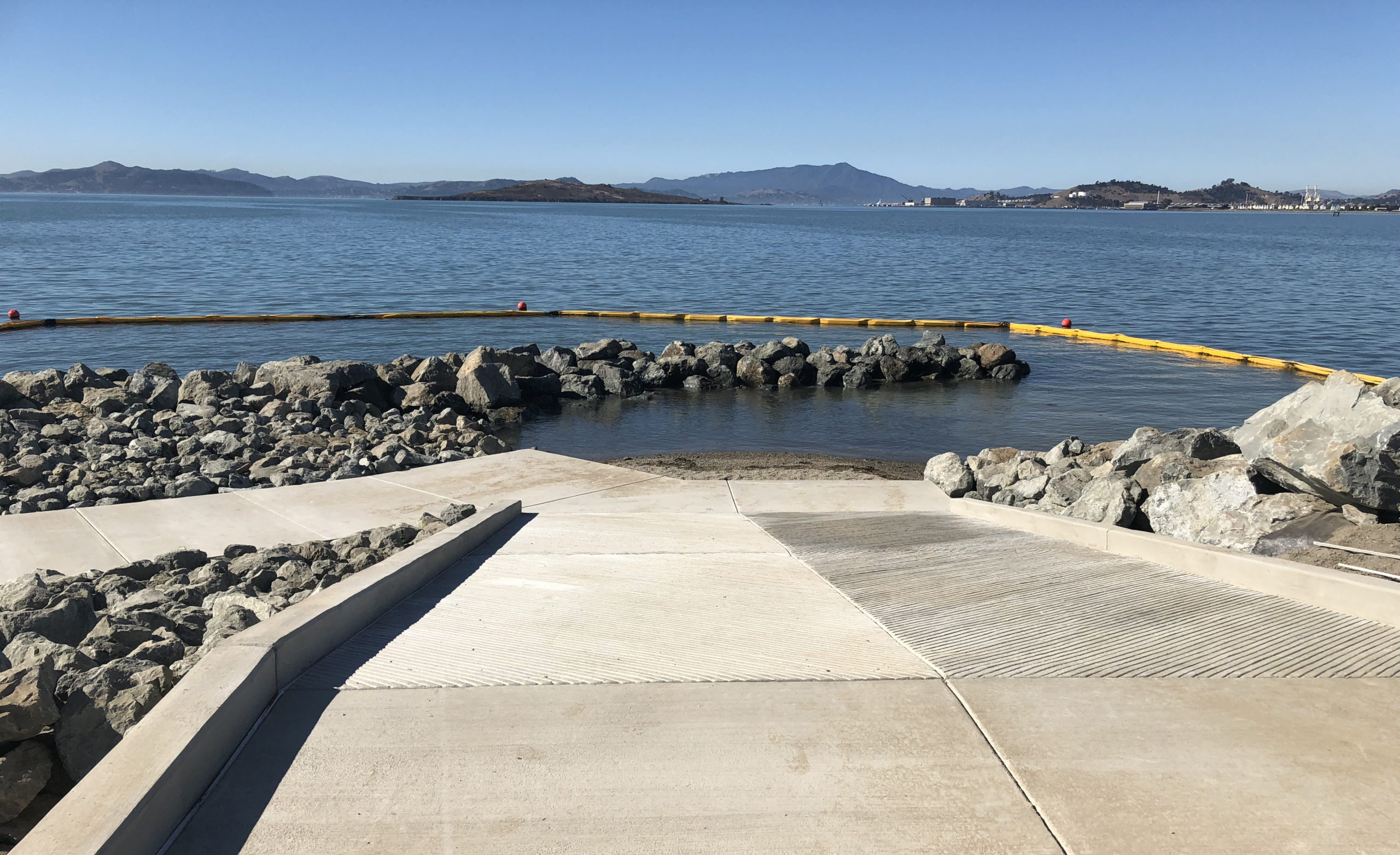
Successful management and remediation of contaminated sediment sites must balance stakeholder concerns with technical challenges. Human and ecological impacts, contaminant transport considerations, multi-party liability issues, and regulatory requirements often combine to make closure of these sites complex. Stakeholder expectations demand tailored solutions for each project. While the steps involved may follow a similar order, the execution of each step requires adjustments to suit each circumstance.
Steps in the Remediation Cycle
At a high level, most remediation projects include five broad steps in a sequential cycle:
- Remedial Investigation and Risk Assessment
- Feasibility Study
- Remedial Design
- Remedial Action (i.e., construction and oversight)
- Long-term Monitoring
If at any point in the process the need for more data is identified, the cycle recommences.
We have found it essential that each step includes open, transparent communication driven by data and science. This has proven to be the best way to build the trust and confidence necessary for a reasonable solution.
Within that context, this article will discuss strategies to overcome common challenges related to regulatory and community acceptance, as well as remediation technology. It will then share links to examples of how Foth has put theory into practice to navigate successful outcomes.
Addressing the Needs of Diverse Stakeholders
The regulatory and community acceptance component involves multiple stakeholders, each with their own, sometimes competing, interests and concerns. Some of these stakeholders are potentially responsible parties (PRPs) who have especially strong interests in the project. Whether public, private, regulatory, or legislative, each of these stakeholders’ interests must be served throughout the site remediation process, while meeting local, regional, state, federal, and tribal requirements.
Common stakeholders and their interests include:
Active Industries
Operations are maintained with minimal disruptions; work is completed on time (or ahead of schedule); future land use/commerce needs are incorporated into the design.
Adjacent Landowners and Residential Neighborhoods
Disturbances to their daily lives are managed and minimized, e.g., noise, air quality, and safety; environmental justice and social equity are addressed.
City Governments, Elected Officials, and Developers
Remedy is accepted by the community; waterways and harbors remain accessible for commerce and industry growth; remediation plans consider redevelopment opportunities; stormwater runoff is managed appropriately to prevent recontamination; acceptable, relevant, and appropriate requirements (ARARs) are met.
Fish and Wildlife Services
Fish passage and reproduction are not impeded; fish and wildlife habitat are enhanced.
PRP
Costs are controlled and appropriately allocated; there is clear exit criteria.
State and Federal Regulators
Clean up meets established requirements and processes.
Tribal Governments
Environmental restoration and long-term benefits are realized.
Clearly, stakeholders’ expectations are as varied as the projects themselves, requiring the preparation of a thorough community involvement plan to address concerns for each site. In all cases, Foth’s sediment team works to build trusted relationships with stakeholders, perform well, and stay engaged for the long haul.
Technical Challenges
Because each project varies so significantly, sediment remediation usually involves a variety of technologies. This is especially true when addressing physical factors which might be the biggest influence on technical approaches. For example, the sediment team must consider the presence of over-steepened slopes, active docks and dock schedules, remnant piling fields, utility crossings, fish windows to work around, and many other factors.
To ensure stakeholders’ interests are represented when remedial technologies are evaluated, the sediment team takes the time to communicate transparently, understand the desired outcomes of each stakeholder, and build trust during the remedial design (RD) process. This is an iterative process, where approaches are developed, reviewed by appropriate stakeholders, and revised as necessary based on their feedback.
The process takes time, sometimes years, to gain consensus and approval on a preferred set of remedial technologies, locations, and timing of the action plan. This can compete with the need to move as quickly and deliberately as possible to reduce remediation risk and impact.
Perhaps the biggest technical challenge comes from the ongoing uncertainty of climate change impacts and the long-term influence of source control on remedy performance. It may be difficult to predict how a solution in today’s environment will be affected by future climate change, and/or uncontrolled or new contaminant sources to the waterway. Even so, the objective remains the same — the protection of human health and the environment for the long term.

Navigating to Successful Outcomes
Our sediment remediation team has delivered successful outcomes to our clients nationwide for more than 30 years. For each unique solution, we commit to understanding and building trust with stakeholders, and agreeing on the goals and best remedial approach to reduce risk to human health and the environment. By applying sound science and engineering, with an understanding of the regulatory scrutiny these projects require, Foth works to implement solutions that meet regulatory and stakeholder requirements.
Below are four examples of projects that demonstrate our experience with the intricacies of sediment and upland remediation projects and how we tailor our approach to achieve successful outcomes for all stakeholders. We invite you to get in touch with our team for more detailed information.
- Portland Harbor Superfund Site
The Portland Harbor Superfund Site (Site) encompasses a 10-mile stretch of the Willamette River in Portland, Oregon. The Site is divided into multiple project areas, with multiple Remedial Designs and future cleanups. Foth is designing a cleanup remedy for the River Mile 9 West (RM9W) portion of the Site that was previously occupied by our client along the shoreline.Read how Foth is working with FMC to efficiently design a cleanup remedy that will work to minimize project costs, while yielding an effective cleanup. - Superior Water, Light & Power
Superior Water, Light & Power in Superior, Wisconsin is a small utility company that holds liability for remediating a former manufactured gas plant (MGP) through the Wisconsin Department of Natural Resources NR 700 cleanup program. The project is being completed through a cost-share agreement with the Great Lakes Legacy Act GLNPO Program.Read how Foth has worked with the utility to complete the site investigation report, perform pre-design investigations, select preferred remedial alternatives for the upland and in-water areas, and prepare separate remedial designs for each area. - Ashland, Wisconsin Lake Superior Superfund Site
Lake Superior is recognized as one of the world’s most pristine sources of fresh water, however, it has a history of its lakefront being used for industrial purposes dating back over a century, including in Ashland, Wisconsin. The results of industrial activity on the shore of Chequamegon Bay in Ashland led to its designation as a Superfund Site by the EPA in 2002.What followed was a decade-long remediation project that included cleaning up approximately 40 acres of heavily contaminated soil and sediment on land and in the bay. Read how Foth employed a methodology critics said “couldn’t be done,” surpassing the Environmental Protection Agency’s (EPA) standards for soil and sediment clean-up, meeting stringent water quality standards for the pristine Lake Superior environment and earning the trust and respect of the residents of Ashland. - Lower Fox River Contaminated Sediment Cleanup
The Lower Fox River (LFR) flows nearly 40 miles from the Lake Winnebago outlet to Green Bay in Lake Michigan. River sediment was contaminated by polychlorinated biphenyls (PCBs) from historic industrial activities along the river. It is arguably the largest PCB cleanup project in the country.From very early on, we were involved in multiple facets of the work associated with this Superfund mega-site. Read how we used innovative approaches to help restore the LFR as a vital natural resource to local communities, the State of Wisconsin, and fishermen from across the U.S.
Markets: Manufacturing and Industrial Products, Waterfront and Marine
Services: Coastal and Waterfront Engineering and Dredging, Remediation, Water and Wastewater



